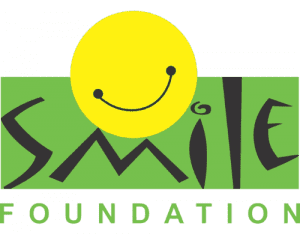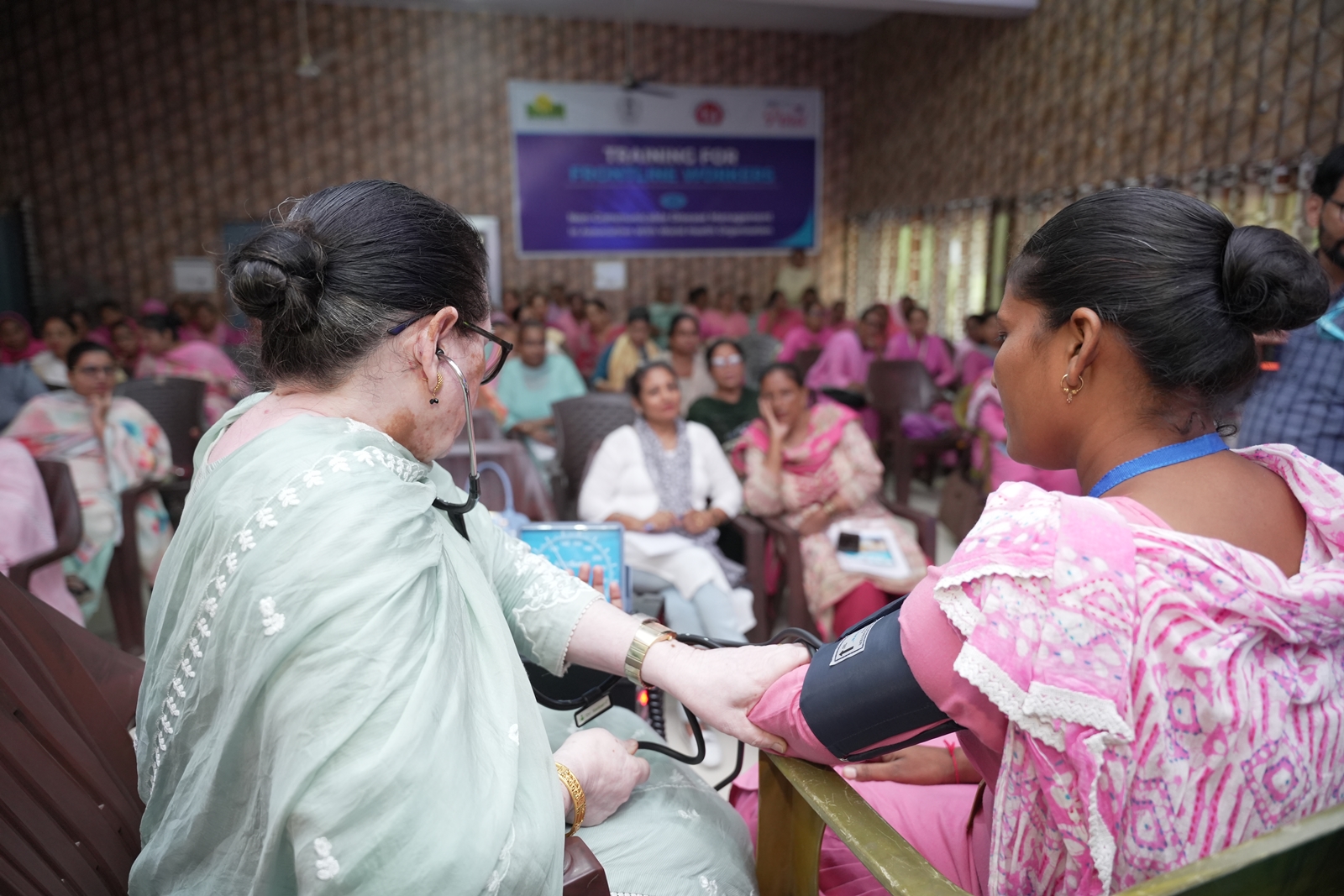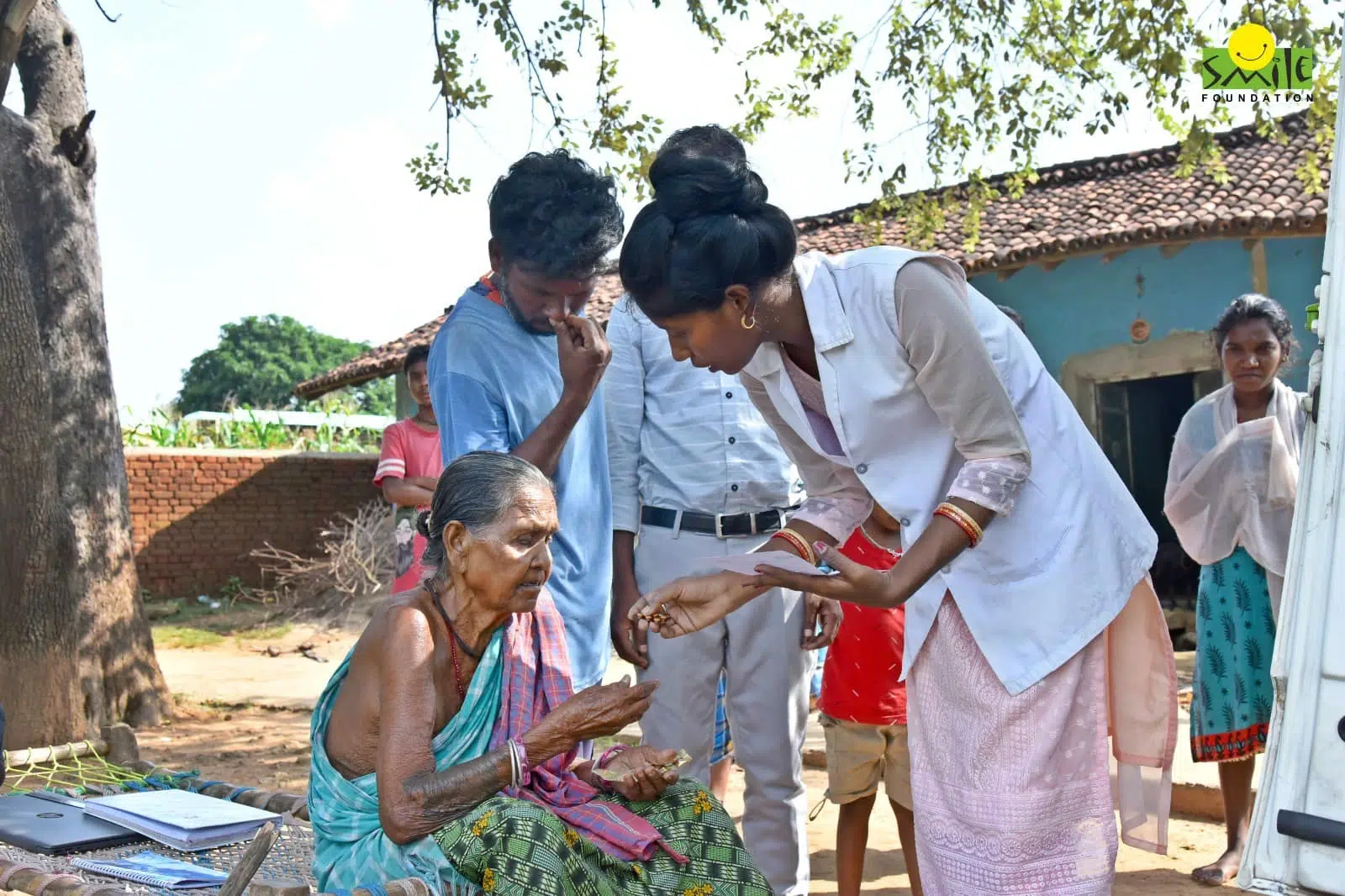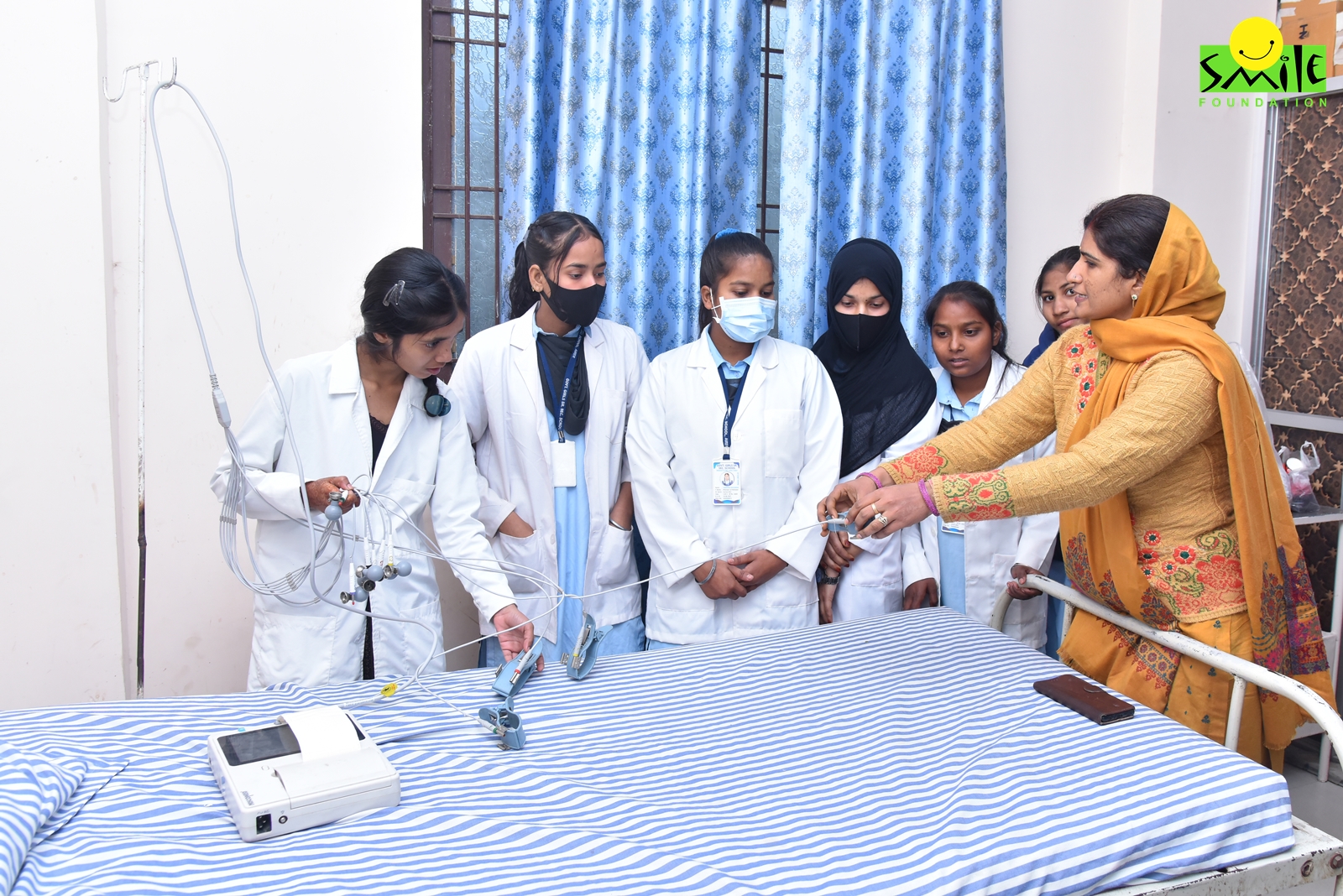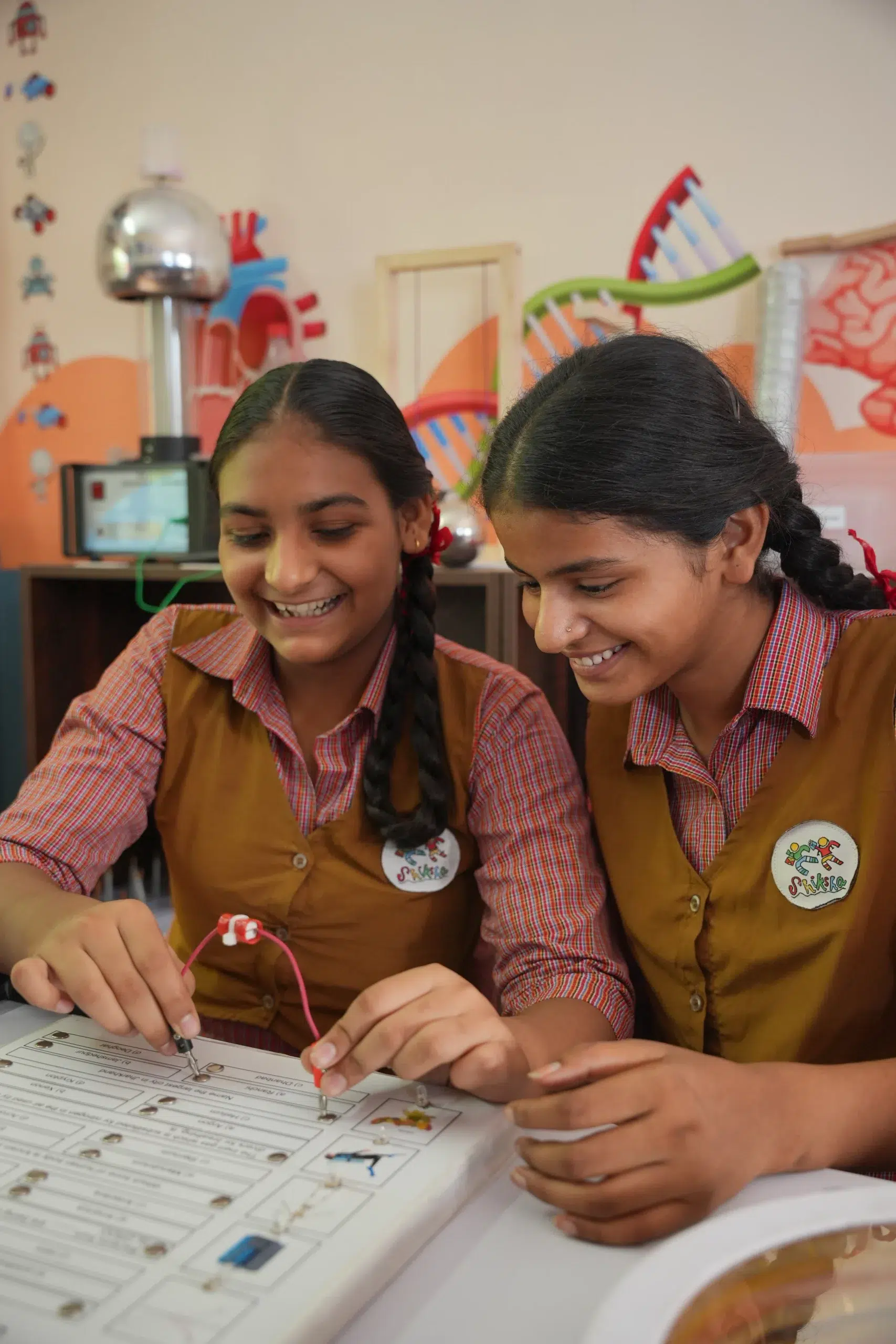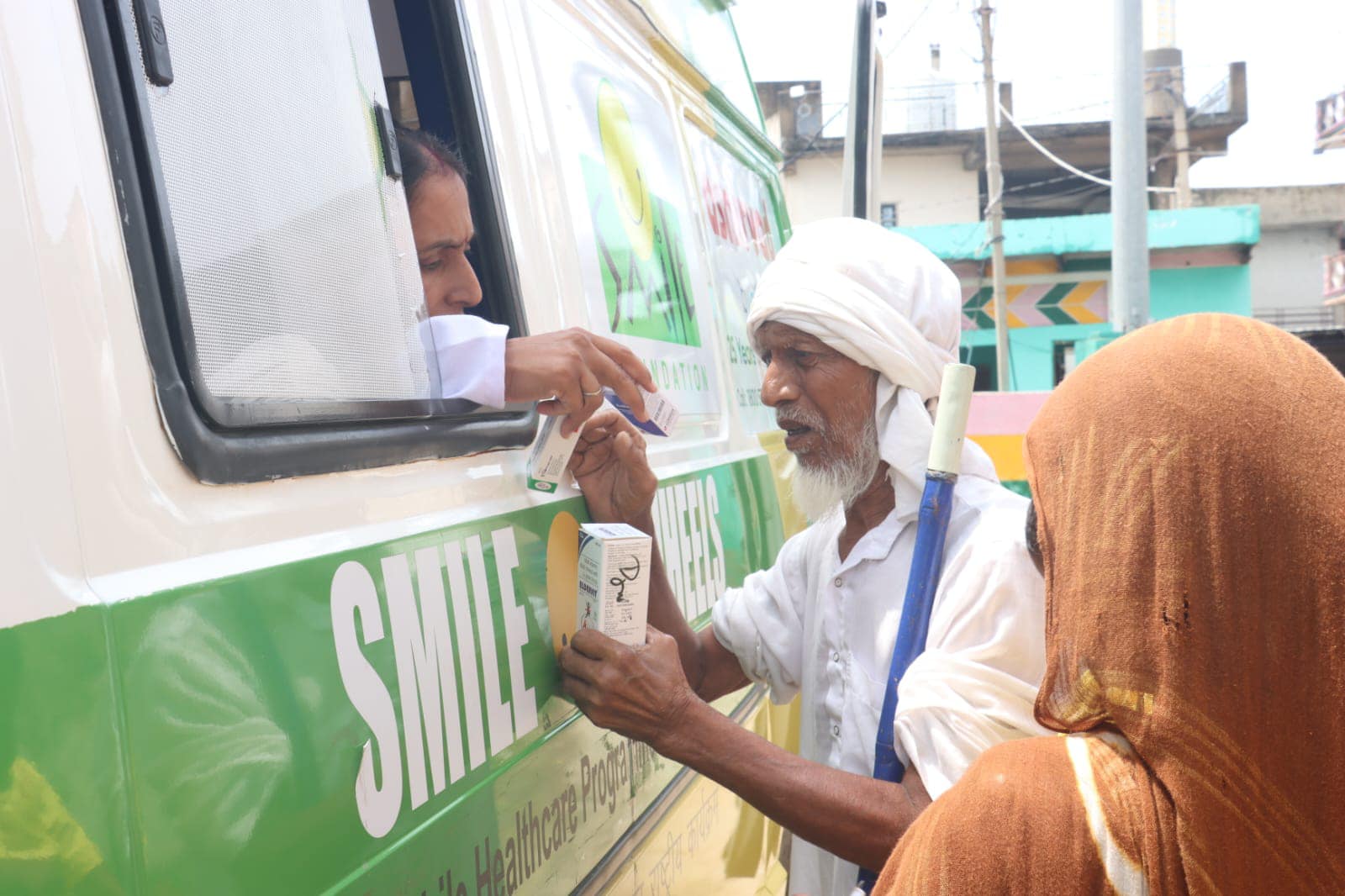The United Nations Development Programme (UNDP) conducts the Human Development Index (HDI) that measures the country’s progress in human development. According to WHO, the HDI is a summary measure of human development. It is a summary composite measure of a country’s average achievements in three basic aspects of human development: health, knowledge and standard of living.
India has faced consistent challenges in achieving a high rank on the HDI. India is one of the fastest-growing economies in the world, but it grapples with stark inequalities that hinder its progress. In 2024, India ranked 134th in the global human development index (UNDP report). The nation has improved its ranking compared to 2021; however, Bangladesh, Bhutan, Sri Lanka, and China continue surpassing it.
Understanding the root causes for the human development index ranking being low is crucial for India to improve its ranking and reveal the systemic barriers that hinder growth.
Economic disparities
The Indian economy is expected to show one of the most rapid growth rates in the years ahead; however, the issue remains as to whether this will have any impact on the current economic disparity. A World Inequality Lab study revealed that the highest 1% of the income distribution received 2.1% of the national income between 2022 and 2023. The study indicates that this is the maximum percentage of the national income to be held by the wealthiest individuals in the country since 1922 (13%). This, in turn, results in disparities in the access to education, healthcare and the basic amenities.
Educational challenges
The report by Deloitte and the Confederation of Indian Industry (CII) titled Annual Status of Higher Education (ASHE) 2024 reveals a crucial picture of regional disparity in India’s higher education system. It illustrates a stark contrast between the northern and southern states. Access to education has improved for all social categories; however, Scheduled Tribes continue to be left behind due to existing hierarchies between social groups. The challenges northern states must address include gender disparity stemming from traditional attitudes, inadequate quality of education despite the establishment of institutions throughout the state, teacher shortages, substandard and outdated academic curricula, and a lack of innovative teaching approaches.
Health and nutrition issues
According to a study, about 77 per cent of children in India aged 6-23 months lack diversity in diet as suggested by the World Health Organization, with the central part of the country showing the highest levels of inadequate diversity in diets among children.
India, despite experiencing swift economic development, still grapples with limited access to quality healthcare, malnutrition and inadequate diets that affect a substantial segment of the population. These nutritional struggles not only harm individual health and well-being but also impact productivity and development. Poverty, lack of awareness, cultural and social norms, and inadequate or lack of quality healthcare services aggravate these issues. Despite the presence of prestigious medical institutes and India’s popularity as a medical tourism destination, which provides high-quality care at lower costs than other nations, many Indians, particularly the impoverished, receive extremely substandard primary and hospital care.
Gender inequality
India has made progress on this front. The SDG 5 deals with ensuring gender equality, and India’s overall score is 49. Economic participation is one approach to achieving gender equality. This involves ensuring that females refrain from dropping out of higher education, providing them with job skills, ensuring safety in the workplace, and assisting them in maintaining a job after marriage through sharing the burden of household chores.
Governance and policy implementation gaps
India faces a significant challenge in the form of the disparity between the formulation and implementation of policies. Bureaucratic red tape, corruption within government agencies, and budgetary constraints impede the implementation process, resulting in increased costs and delays. Frequently, there is a lack of a distinct mechanism for monitoring the implementation of policies or holding policy makers accountable for their actions. Several challenges are presented to policymakers by the diversity of the population, as policies that are effective in one region or community may not be effective in another.
The higher the HDI, the better the standard of living. A high HDI indicates that a country provides quality healthcare, education, and economic opportunities for its citizens. Identifying these barriers enables policymakers, organizations, and citizens to create targeted solutions that address specific issues. Tackling these problems holistically can lead to sustainable improvements in HDI rankings. In an increasingly complex and interconnected world, our definitions of development must adapt. We should include a wider array of indicators that reflect the diverse aspects of human development. Recognizing factors such as environmental sustainability, gender equality, linguistic diversity, and political freedom is essential for a more comprehensive understanding of development.
Smile Foundation’s mission has been to serve as a catalyst for sustainable change in the lives of underserved children and families by utilizing a life-cycle approach to development. We prioritize the education, health, safety, and empowerment of girls and women, as well as nutrition, through our targeted programs. Explore our website and get to know our various projects.

